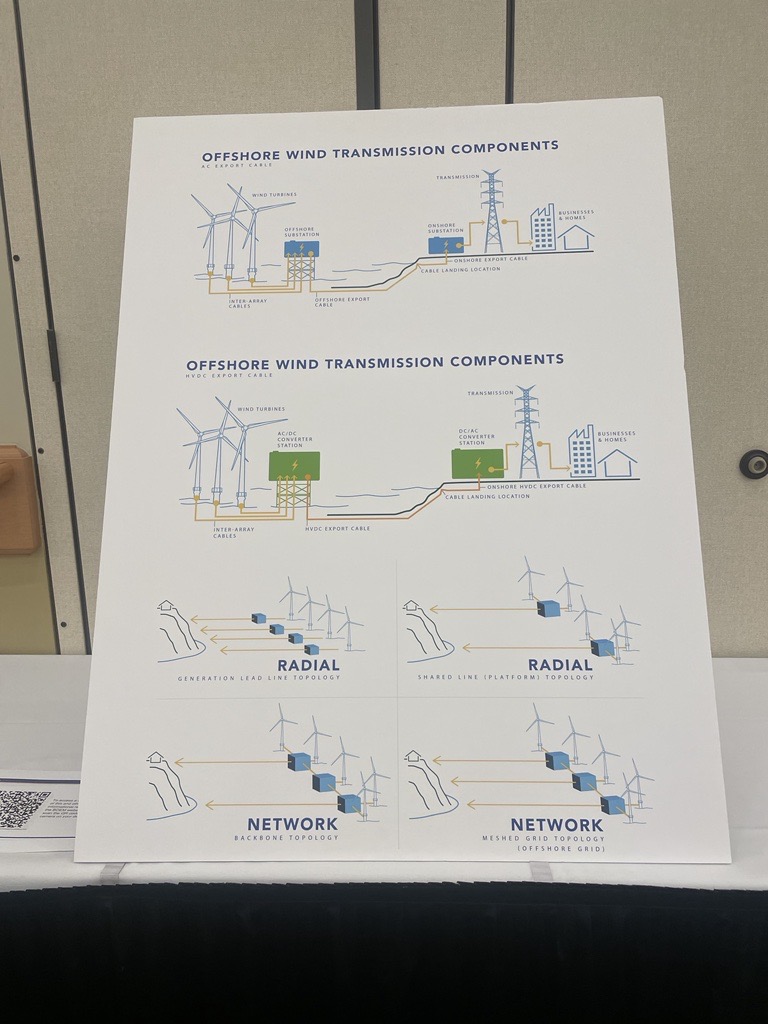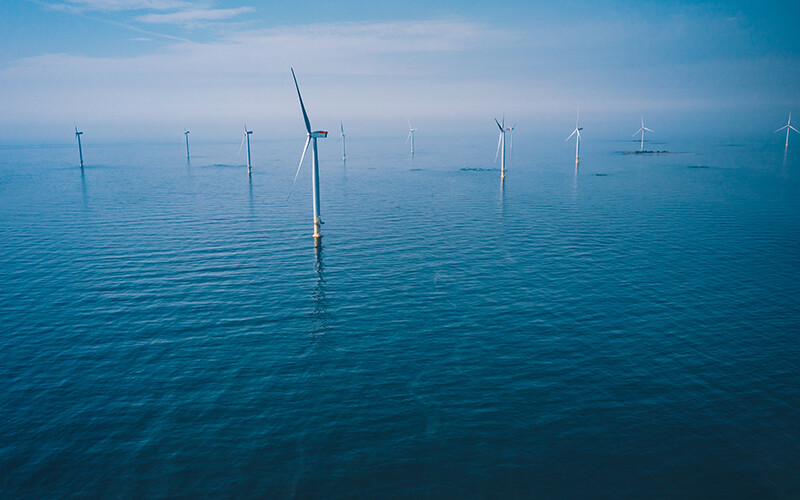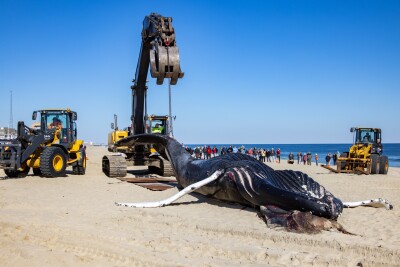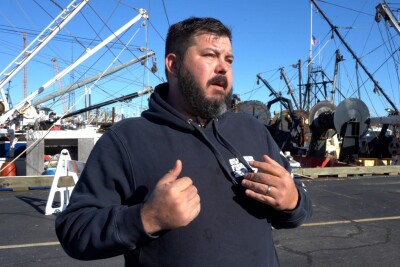As offshore wind developers inch closer to the horizon, fishermen on the East Coast are eagerly searching for answers.
On May 10-11, the Bureau of Offshore Energy Management (BOEM) hosted the Gulf of Maine Intergovernmental Renewable Energy Task Force Meeting at the Cross Insurance Center in Bangor, Maine.
The purpose of the two-day meetings was to update task force members and the public on BOEM’s commercial and research offshore wind energy planning activities and discuss the next steps for the Gulf of Maine, including a Call for Information and Nominations.
More information from BOEM can be found here.
On May 3, 2023, BOEM announced the publication of the Gulf of Maine’s Notice of Intent to prepare an Environmental Assessment for a wind energy research lease on the Atlantic Outer Continental Shelf offshore Maine in the Federal Register on May 4, 2023.
This meeting gave the greater public and fishermen the ability to ask questions in person to BOEM members, as well as an open 30-day public comment period that will end June 5 at 11:59 p.m.
Karen Baker, chief of BOEM’s Office of Renewable Energy Programs (OREP), welcomed the public on the first day of the seminar. Baker is responsible for overseeing the responsible development of renewable energy resources through conscientious planning, stakeholder engagement, comprehensive environmental analysis, and sound technical review.
Members from the federal government, tribal government, Maine, Massachusetts, and New Hampshire local governments attended this event either in person or virtually.
Fishermen and those from industries that will be affected by the placement of offshore wind in the Gulf of Maine were also in attendance.
BOEM explained that the goal of the two-day seminar was to facilitate, coordinate, and consult. They had information lining the walls around the conference room, and BOEM employees were available to answer any lingering questions.

The first day was more of a workshop, and the second was a traditional task force meeting discussing the leasing process. Both days had multiple opportunities for public input.
The three BOEM seminar topics included floating offshore technology, data collection on whales, and the mission plan.
BOEM’s Energy Program Specialist, Luke Feinberg, guided the public through BOEM’s leasing process and how there are two specific sides to this Gulf of Maine leasing process- the commercial side and the research side.
Feinberg shared the process that BOEM has taken up to this point. The Shared Draft of the request for information (RFI) area happened back in May 2022, following the published RFI in August of 2022.
The RFI area removed Nation Park System, National Wildlife REFUGE System, National Marine Sanctuary System, and any National Monument.
Existing traffic separation schemes, fairways, internationally recognized navigation measures, and unsolicited lease request areas were also removed from the RFI Area.
BOEM reviewed responses and worked with NOAA National Centers for Coastal Ocean Science to conduct a spatial analysis to inform the Draft Call Area, a 27 percent reduction from the RFI Area.
The final Draft Call Area was posted on BOEM’s website on January 10, 2023.
The Draft Call Area can be further explained through BOEM’s website.
Following Feinberg’s presentation, an executive of the National Renewable Energy Laboratory (NREL) spoke on the different kinds of turbines we could see in the Gulf of Maine.
NREL is responsible for the development and structure of wind turbines. Their presentation sparked some questions from the task force and the public on the first day:
What are the challenges with floating technology at the level that it is currently at?
The biggest challenges they have seen are the development of the infrastructure and keeping pace with it. They touched upon the cost of the imports and vessel transfer, and the electrical grid.
Are other offshore wind projects in seas as cold as the Gulf of Maine? How will these turbines handle the weather here?
They mentioned the wind farms off from Scotland and how the blades can shed ice. The average wind turbine can withstand winds up to 155 mph, and 55mph is the cutoff speed for converting into usable energy.
The life expectancy and the process of removal of turbines were also questioned.
NREL shared that the infrastructure’s life expectancy is at least 25 years, but regarding newer innovations, they are said to last up to 35 years.
There are programs in Europe that are in place to work on recycling parts from the turbines, but reuse of the infrastructure is the most significant opportunity that hasn’t been explored yet.
The disturbance of the sea floor was also brought up in question. Though there wasn’t a clear answer to what precisely the anchoring of these turbines could have on the seabed environment, they said that they would be using suction anchors and sighting out the placement of the farms.
Twenty-three whales have been found dead on beaches along the east coast since Jan. 1 of this year. It has been in question for some time if this is related to the research vessels that have been looking into certain areas to lease for offshore wind projects.
Scientists believe that this mortality rate has been linked to numerous amounts of causes but will not accuse the development and research of offshore wind processes. This has been found by multiple sources such as NOAA Fisheries and the University of Rhode Island.
If you missed the meeting and have comments or concerns, you can find the link through BOEM’s website or the federal government’s official commenting website- Federal eRulemaking Portal:
Go to www.regulations.gov. In the field titled “Enter Keyword or ID,” enter BOEM-2023-0031, and then click “search.” Follow the instructions to submit public comments and view supporting and related materials available for this notice.







